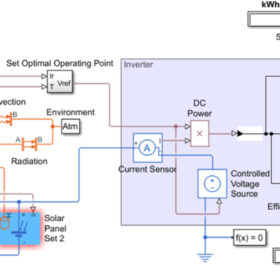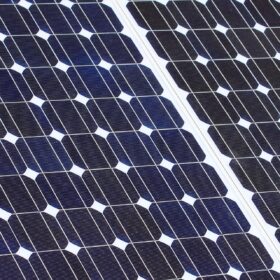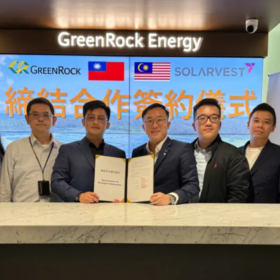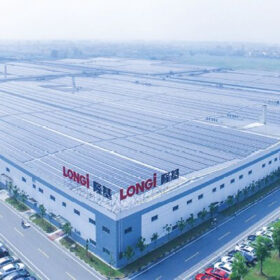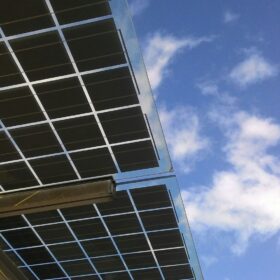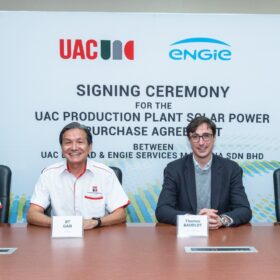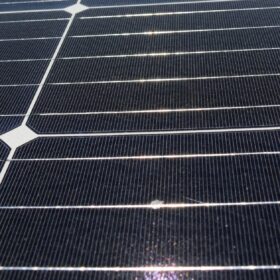New model to identify optimal power sizing ratio for solar inverters
Researchers in Malaysia have proposed a new approach to identify the optimal power sizing ratio to balance PV energy capture with inverter costs. The calibrated model is said to accurately reflect the relationship between inverter efficiency and real-world system behavior.
ILB Group to acquire Malaysian solar business, assets
Malaysia’s ILB Group Bhd is acquiring Armani Sinar and its solar assets for MYR 98 million ($21 million) in cash. This deal will increase its PV capacity from 13 MW to 30 MW.
GreenRock, Solarvest to develop 1 GW green energy project in Taiwan, Malaysia
Recognizing Malaysia’s potential and aligning with the government’s goal of reaching 40% green energy by 2035, GreenRock Energy has become the first Taiwanese company to participate in the country’s green energy projects.
AI in photovoltaic systems
Researchers from Chinese and Malaysian universities have compared studies demonstrating the use of artificial intelligence to solve PV integration problems. They say that AI will bring revolutionary improvements in the efficiency, reliability and predictability of solar power generation.
Partners move ahead with 500 MW hybrid solar plant in Malaysia
Malaysia’s Uem Group, in collaboration with Blueleaf Energy and Itramas Corporation, is set to develop a 500 MW hybrid solar power plant as part of a 1 GW flagship venture between the companies.
Longi denies rumors about factory closures in Southeast Asia
Chinese manufacturer Longi says it is not shutting down its factory in Malaysia, nor it is idling its production lines in Vietnam, but it acknowledges that it is implementing production adjustments at these facilities.
Malaysian IPP to expand solar portfolio with new acquisitions
Malakoff Corporation Berhad, a Malaysian independent power producer (IPP), plans to acquire a 51% share in ZEC Solar and a 49% stake in TJZ Suria. It says it has already signed a share sale and purchase agreement with Zelleco Engineering.
US, Canada ramp up solar glass plans
With PV module capacity ramping up, glass suppliers have been investing in new solar glass production capacity. As in India and China, new facilities are popping up in North America, with unique twists to ensure competitiveness, such as using recycled material.
Engie, UAC Berhad sign 20-year solar PPA in Malaysia
Engie and UAC Berhad have signed a 20-year solar power purchase agreement (PPA) for a 7.35 MW solar array in Malaysia.
Malaysian government launches incentive scheme for residential solar
The Ministry of Energy Transition and Water Transformation in Malaysia is teaming up with private and public partners in the country to offer citizens financial incentives and discounts when adopting solar. It follows a government rebate scheme introduced in April.
